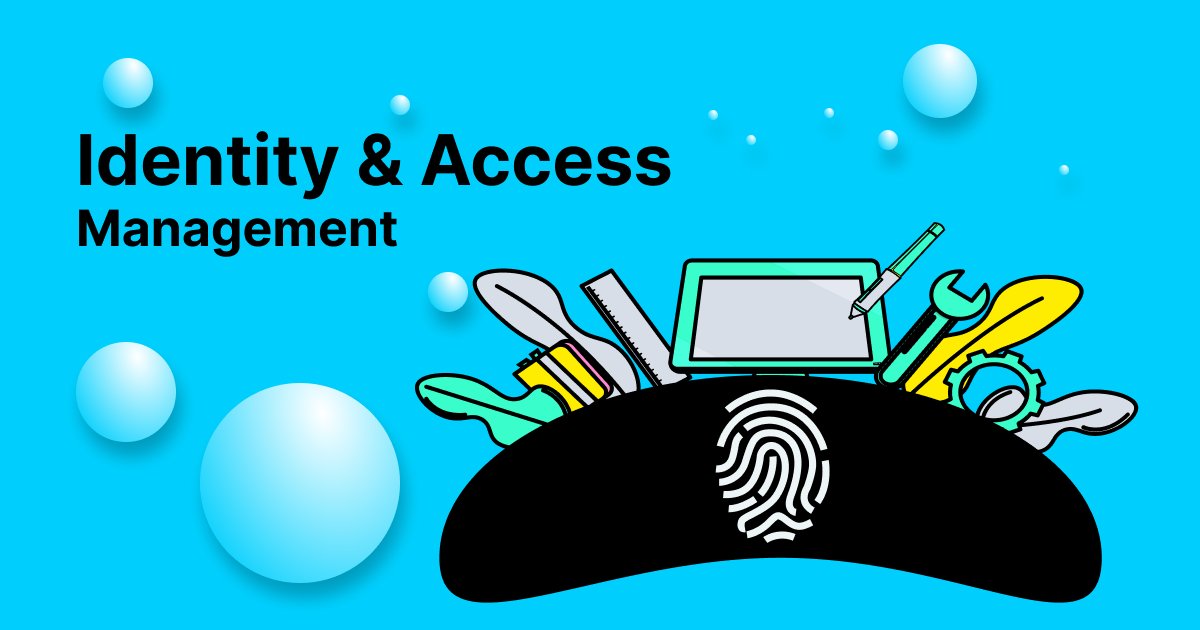Table of Contents
- Introduction to Identity and Access Management
- Implement Multi-Factor Authentication
- Privileged Access Management
- Utilize Single Sign-On
- Conduct Regular Audit Processes
- Employee Training and Awareness
- Automating Identity and Access Management
- Continuous Improvement and Monitoring
Introduction to Identity and Access Management
Identity and Access Management (IAM) is vital for contemporary businesses looking to protect their crucial digital assets. Having a solid IAM strategy is essential in protecting sensitive information from constantly changing cybersecurity threats. Implementing robust IAM solutions involves a combination of policies, procedures, and technologies to manage user identities and control their access to various organizational resources. This comprehensive guide outlines seven practical steps businesses can take to improve their IAM practices and provide a secure working environment.
The importance of IAM cannot be understated as it covers a wide swath of security measures, ranging from password policies to biometric authentication methods. Efficient IAM reduces the chances of data breaches and unauthorized access, all while meeting complex regulatory standards. Organizations that fail to implement robust IAM systems are vulnerable to many cybersecurity threats that can lead to financial loss, reputational damage, and operational disruptions. The need for a well-planned and thoroughly implemented IAM strategy has never been more critical for businesses of all sizes and industries.
Implement Multi-Factor Authentication
Multi-factor authentication (MFA) is one of the most straightforward yet potent measures to enhance IAM. MFA typically combines elements that the user is familiar with (such as a password), something the user possesses (like a smartphone), and something that identifies the user (such as a fingerprint or facial recognition).
Implementing MFA can drastically improve security by adding a layer of protection beyond just passwords. Passwords, especially weak or reused, are often the first line of defense that can easily be compromised. With MFA, even if a password is stolen, the likelihood of an attacker gaining access is significantly reduced since they would need to compromise multiple forms of authentication. In addition, MFA can be customized to meet the specific requirements of various departments in a company, guaranteeing a proper balance of security and user-friendliness throughout.
Privileged Access Management
Privileged Access Management (PAM) revolves around monitoring and controlling access to critical systems and sensitive information. Privileged accounts are prime targets for cyber attackers, making PAM an essential part of any IAM strategy. Implementing PAM involves restricting access to the minimum necessary and regularly auditing privileged accounts to ensure compliance.
Privileged accounts often have elevated access rights, which means they can make significant changes to systems, access critical data, and affect an organization’s overall security posture. Restricting the activities of these accounts is essential in accordance with the least privilege principle. This rule states that users must have access limited to their job duties, with no additional permissions. Regularly reviewing and updating these access rights ensures that privileges are kept in check, reducing the risk of insider threats and minimizing potential damage from compromised accounts.
Utilize Single Sign-On
Single Sign-On (SSO) simplifies the user experience by allowing employees to access multiple applications with a single set of credentials. This improves user convenience, reduces password fatigue, and enhances security. SSO solutions centralize authentication, making managing user identities easier and enforcing security policies across various applications. Additionally, single sign-on (SSO) reduces the risk of password-related breaches, as it discourages users from reusing weak passwords.
SSO can significantly increase productivity by reducing users’ time to log in throughout the day, freeing up time to focus on their primary tasks. Furthermore, the centralized nature of SSO allows IT administrators to more effectively manage and monitor access, quickly identifying and addressing potential security issues. SSO can create a seamless yet secure authentication process with MFA, striking the right balance between usability and security. It’s essential, however, to ensure that the SSO solution itself is robust and properly configured to prevent it from becoming a single point of failure.
Conduct Regular Audit Processes
Regular audits are vital to ensuring the effectiveness of IAM policies. These audits help identify potential security gaps and discrepancies, enabling businesses to take corrective measures promptly. Audits should include reviewing user access rights, monitoring login activities, and ensuring compliance with regulatory standards. By conducting periodic audits, organizations can maintain a secure IAM environment and address any vulnerabilities before they are exploited.
In addition to identifying existing issues, regular audits can also help foresee future challenges. As organizational needs and technologies evolve, what worked in the past might no longer be sufficient. Auditing IAM systems allows businesses to stay proactive rather than reactive, always a step ahead of potential security threats. Furthermore, these audits provide a valuable opportunity to validate that employees follow security policies and procedures, which is crucial for maintaining overall cybersecurity hygiene.
Employee Training and Awareness
Employees are essential in upholding IAM security. Consistent training and awareness programs provide them with the information needed to identify and react to cybersecurity dangers. Training sessions should cover best practices for password management, identifying phishing attempts, and understanding the importance of following security protocols. When well-informed, employees become active participants in safeguarding the organization’s assets.
Effective training programs should be ongoing rather than a one-time event. Cyber threats constantly evolve, and employees need to be kept up-to-date with the latest tactics used by cybercriminals. Interactive and engaging training modules can help ensure better retention and adherence to security practices. Additionally, organizations might consider running simulated phishing attacks to test employees’ responses and adapt the training accordingly. By promoting a mindset of security awareness, companies can establish a setting where all individuals accept accountability for safeguarding company resources.
Automating Identity and Access Management
Automation can significantly enhance the efficiency and effectiveness of IAM processes in safeguarding organizational assets. Automated systems have the capacity to optimize user account setup, supervise access permissions, and identify immediate irregularities. Automation decreases the necessity of manual involvement, lowering the chances of human mistakes and guaranteeing the uniform implementation of security measures. Incorporating automation into IAM procedures assists companies in expanding their security measures and reacting quickly to new threats. Automation in IAM can cover various aspects, from automatic employee onboarding and offboarding to real-time monitoring of user activities. Automated workflows can ensure that access rights are promptly updated as employees change roles or leave the organization, reducing the risk of orphaned accounts that could be exploited. Additionally, implementing automated threat detection mechanisms can provide instant alerts for suspicious activities, allowing for immediate response. These computerized actions improve security and allow IT resources to focus on more strategic tasks.
Continuous Improvement and Monitoring
IAM entails constant enhancement and supervision as it progresses. It is important for businesses to consistently evaluate and enhance their IAM systems in light of emerging threats and advancements in technology. Continuous monitoring aids in identifying possible security breaches and suspicious activities, enabling organizations to take preemptive actions. Remaining current on the most recent IAM trends and best practices guarantees the system progresses to address security challenges.
Continuous improvement involves more than just reacting to incidents; it’s about creating a culture of constant evaluation and enhancement. Regularly reviewing IAM metrics and KPIs can provide insights into areas that need improvement. Furthermore, keeping abreast of industry standards and regulations can help ensure compliance and prepare the organization to handle new security challenges. By embedding a mindset of continuous improvement, organizations can create a resilient IAM framework capable of adapting to the ever-changing cybersecurity landscape, thereby ensuring their information systems’ long-term security and integrity.
Stay in touch to get more updates & news on Timesanalysis !



